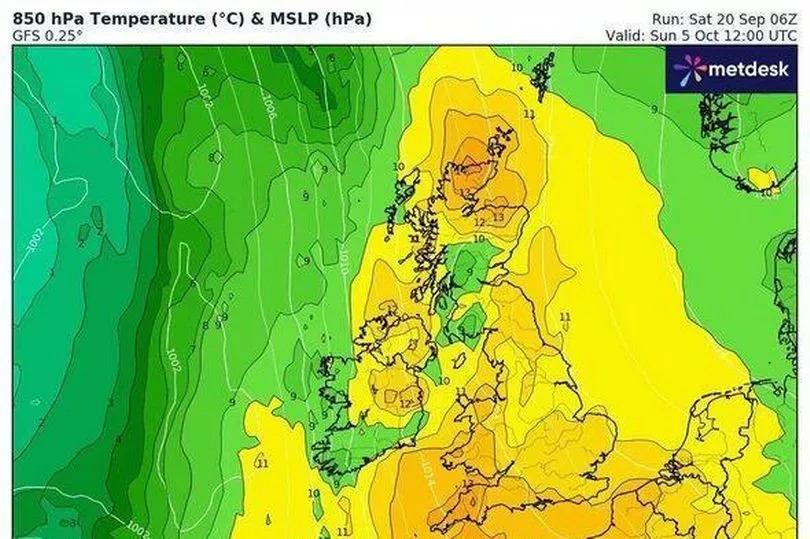Understanding Indian Summer in UK Weather

Introduction
The term ‘Indian summer’ refers to a period of unseasonably warm weather that often occurs in the autumn. In the UK, this phenomenon has gained attention for its increasing frequency and the distinct weather patterns associated with it. As climate change begins to reshape traditional weather expectations, understanding the implications of Indian summers in Britain becomes increasingly important for residents, farmers, and those planning outdoor activities.
What is an Indian Summer?
Indian summer is typically defined as a stretch of warm weather occurring in late September or October, following the first frost. This weather trend is characterized by clear skies, mild temperatures, and often a significant drop in humidity. The occurrence is not unique to the UK; it is noted in various regions worldwide, but its manifestation in the UK is particularly impactful due to the country’s temperate maritime climate.
Recent Trends in UK Weather
Recent years have seen a rise in the incidence of Indian summers across the UK. According to data from the Met Office, instances of late warm spells in autumn have increased. For instance, in October 2022, parts of England experienced temperatures exceeding 20°C for several consecutive days, a clear indicator of an Indian summer. This trend may be attributed to climate change, which is altering traditional weather patterns and prolonging warm temperatures into autumn.
Impact on Society and Environment
The existence of an Indian summer can have various implications for society and the environment. For instance, warmer autumns can positively affect agriculture by extending the growing season for certain crops. Farmers may benefit from an additional period for harvest, enabling better yields. Conversely, prolonged warm weather can also confuse plant and wildlife cycles, as many species may struggle to adapt to these shifts in natural seasonal patterns.
Conclusion
As we move forward, understanding the dynamics of Indian summers in UK weather will remain crucial. Anticipated climate changes suggest these warm spells may become more common, presenting both opportunities and challenges. For the general public, embracing these mild days as part of the autumn landscape can enhance outdoor enjoyment, while for policymakers and environmentalists, it raises questions about sustainable practices and climate resilience.
